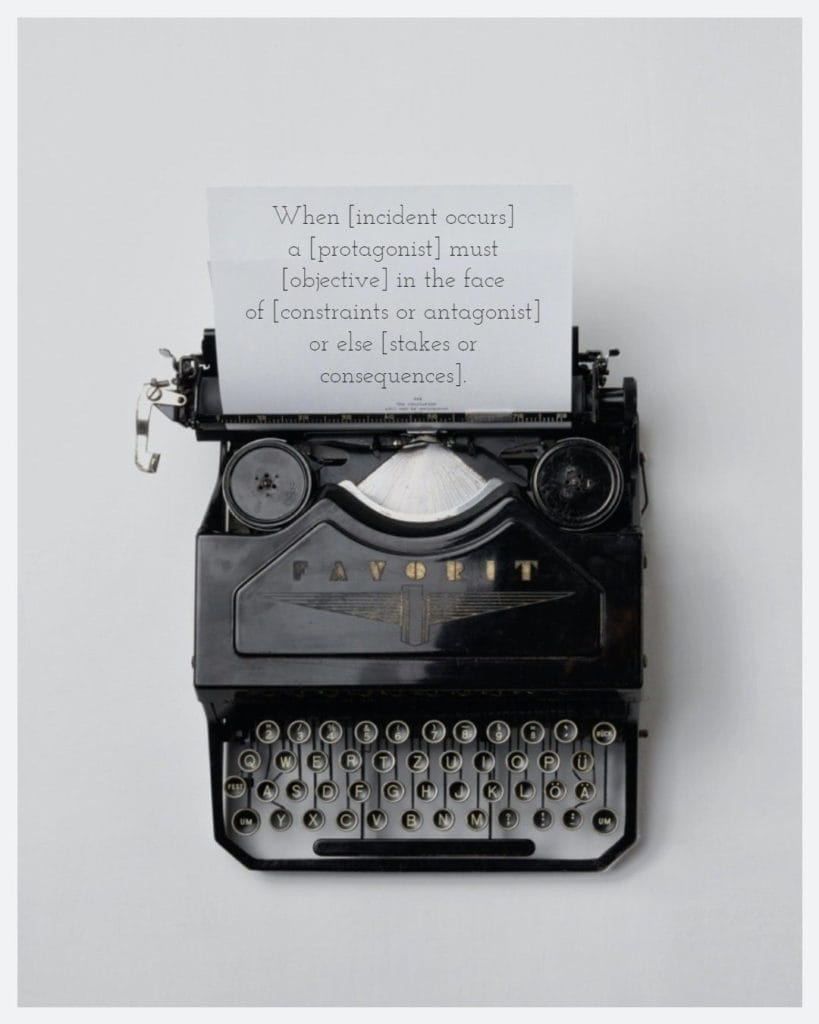Screenwriters use loglines to convey the essence of stories.

When [incident occurs] a [protagonist] must [objective] in the face of [constraints or antagonist] or else [stakes or consequences].

Consider this simple story:
Collecting accounts receivable increases my cash balances, and paying bills decreases my cash.
- “Cash” is the key noun in the story.
- “Collecting” and “paying” are the key verbs.
Here’s how the sentence is expressed symbolically with stocks and flows:

- The act of collecting causes an inflow to cash.
- The act of spending causes an outflow from cash.
Complex screenplays are constructed from nouns, verbs, and sentences. Models, too, are composed of stock and flow “sentences” that, taken together, allow us to tell dynamic business stories.

